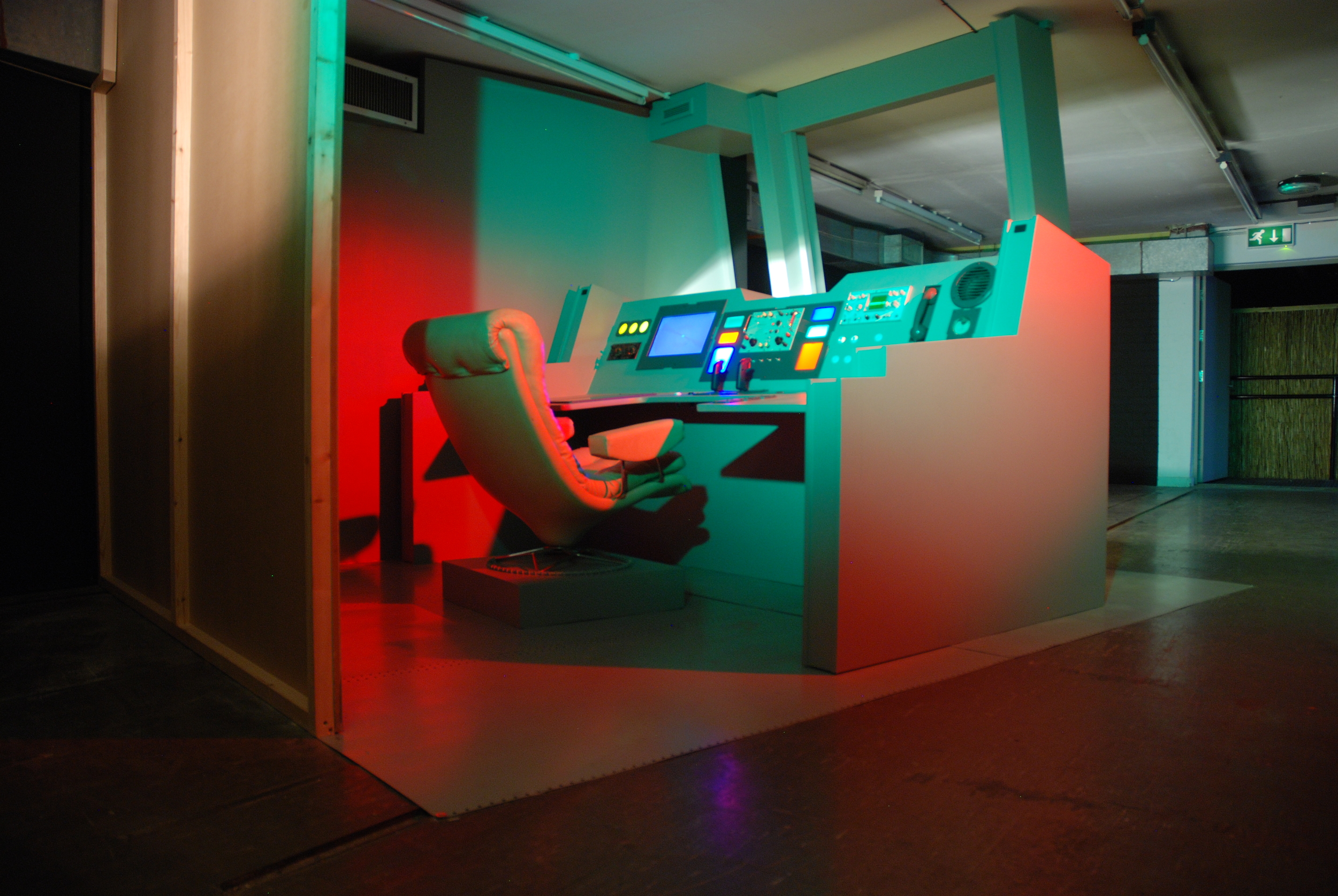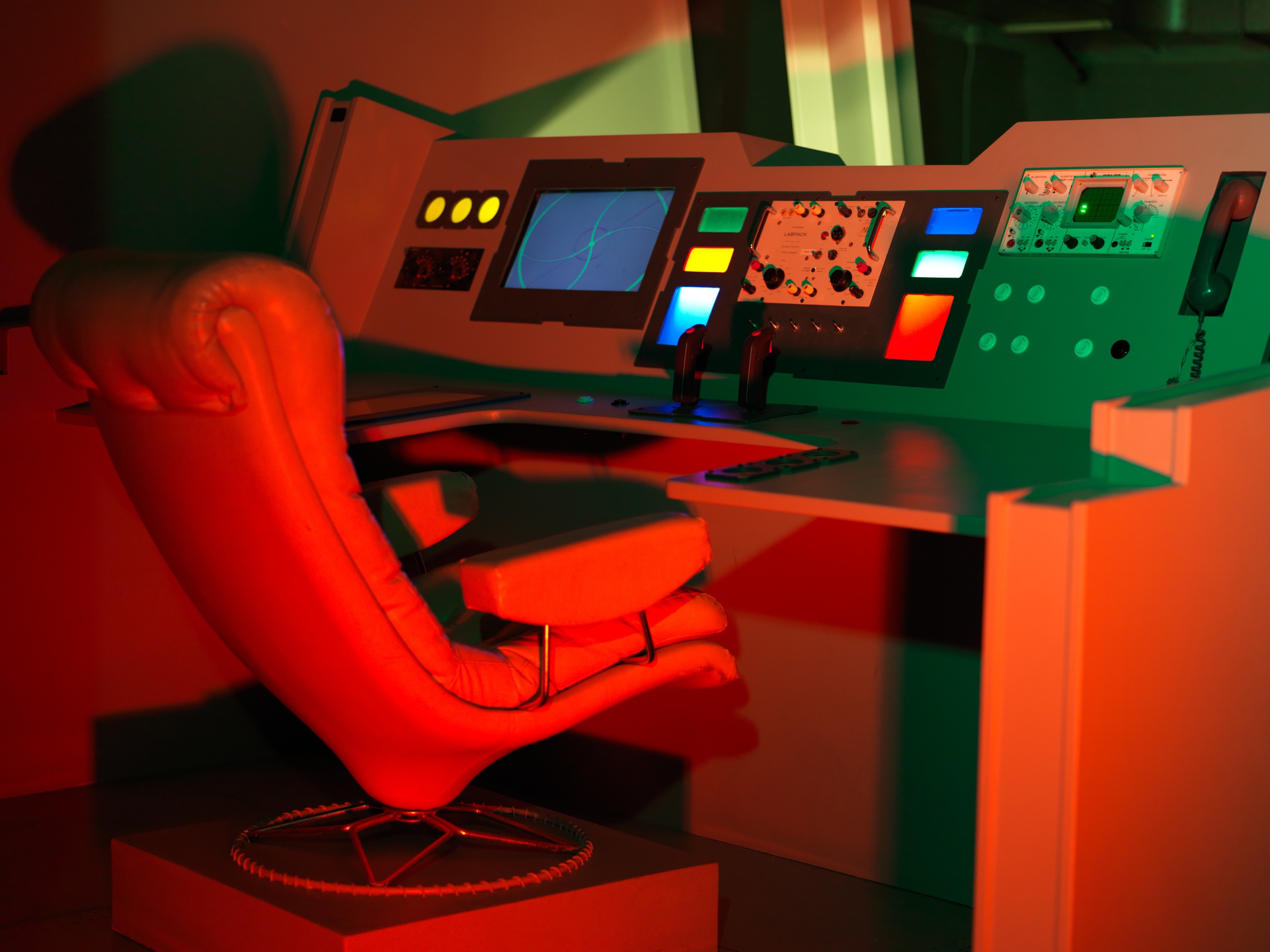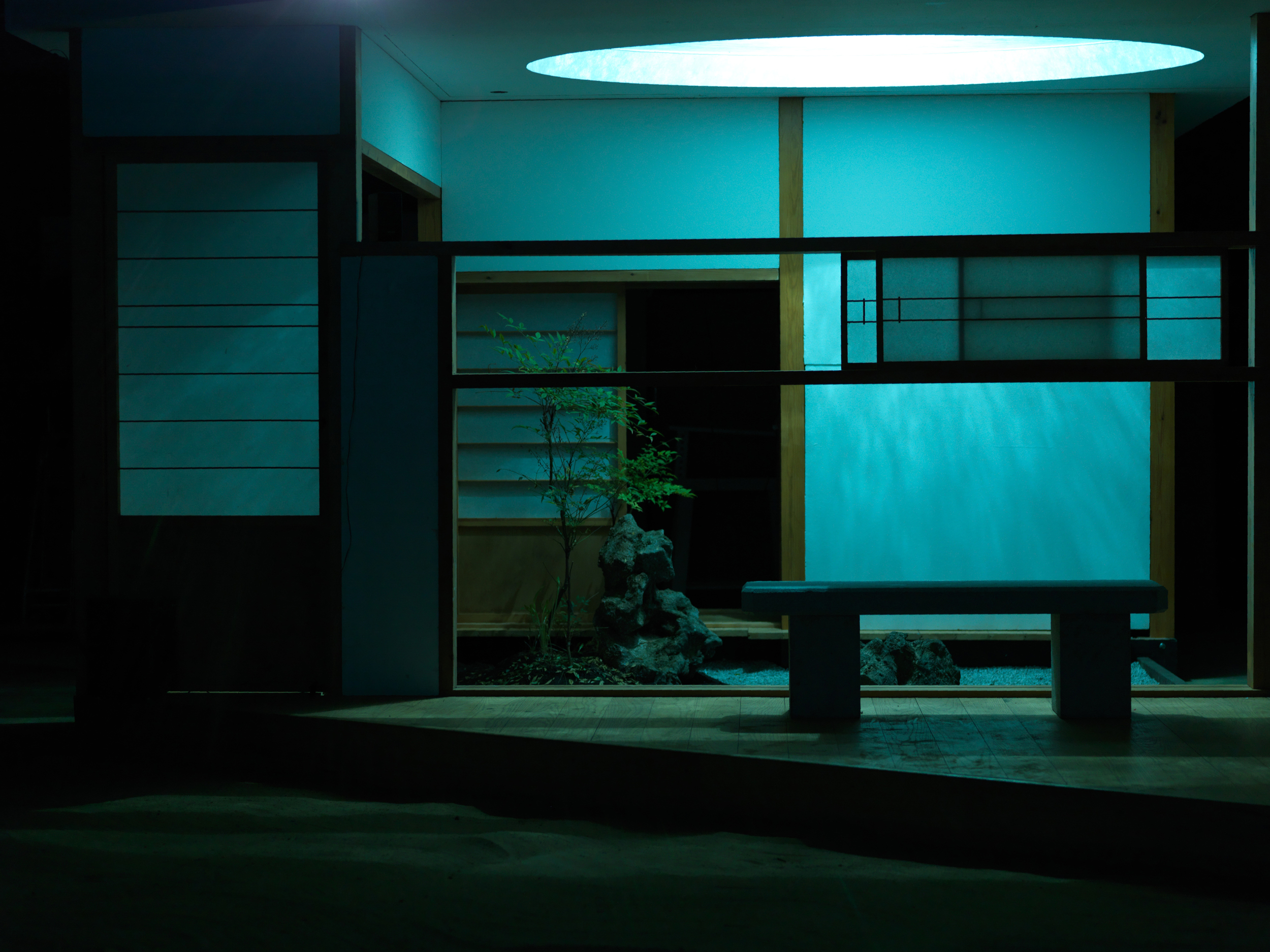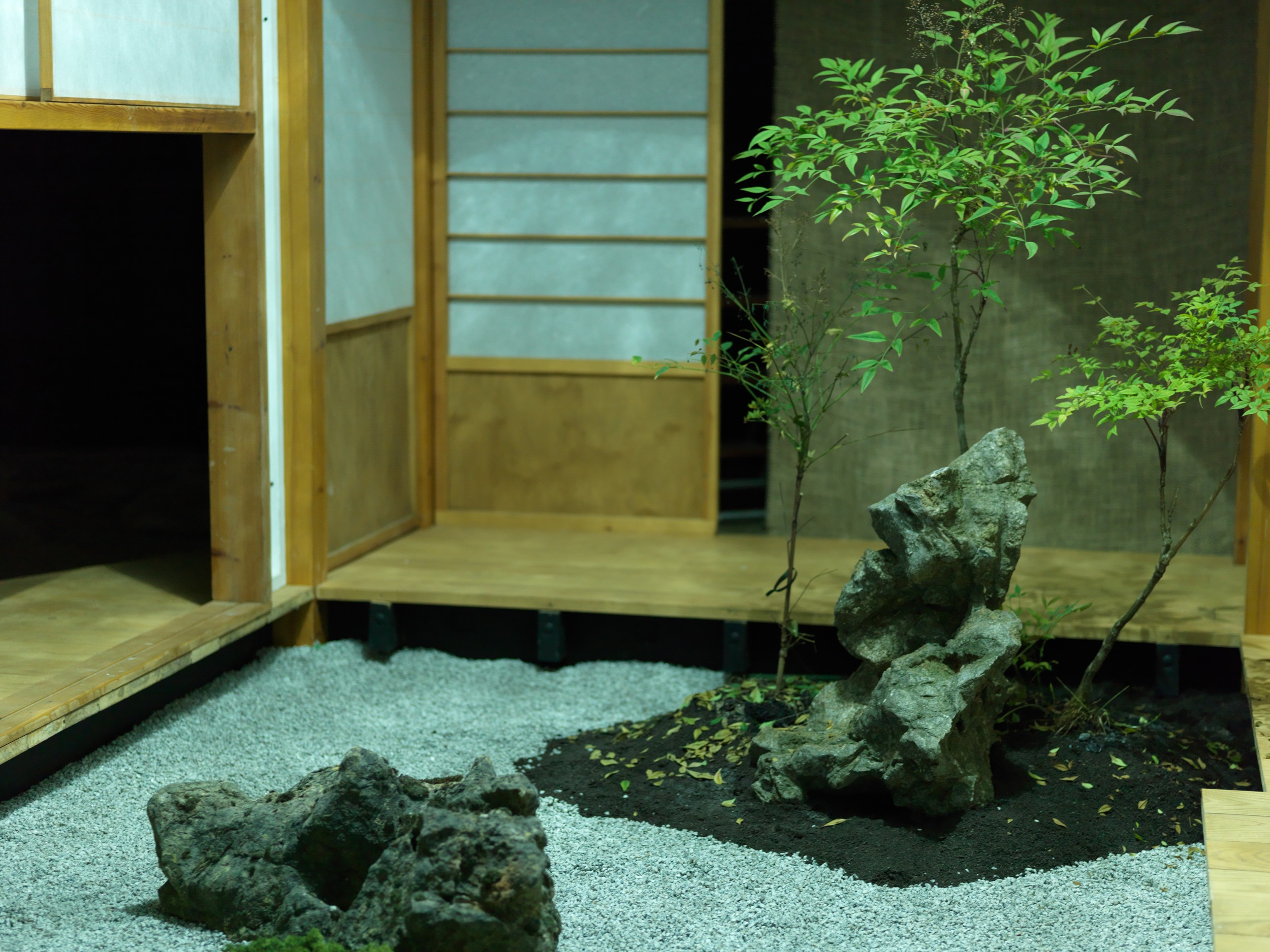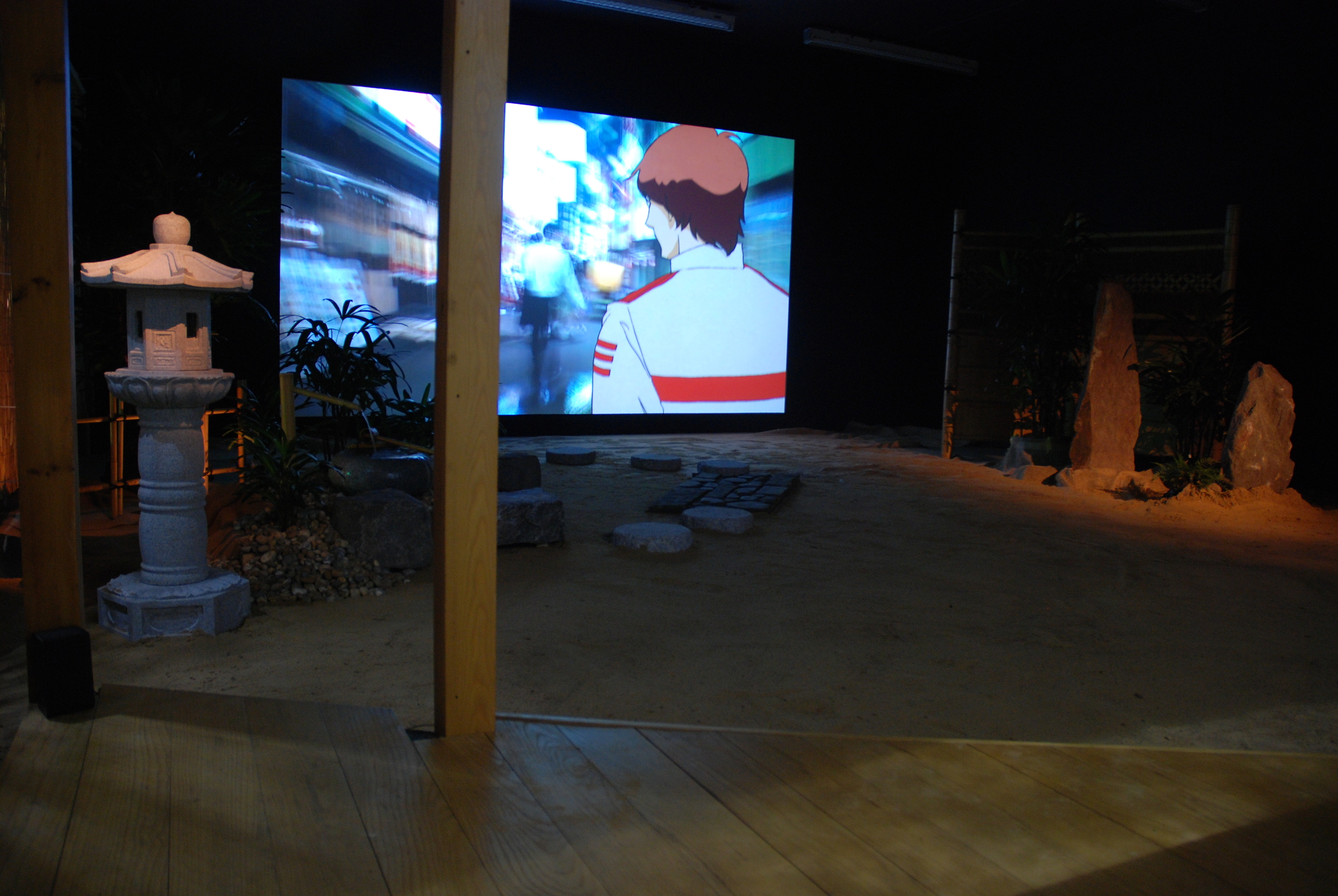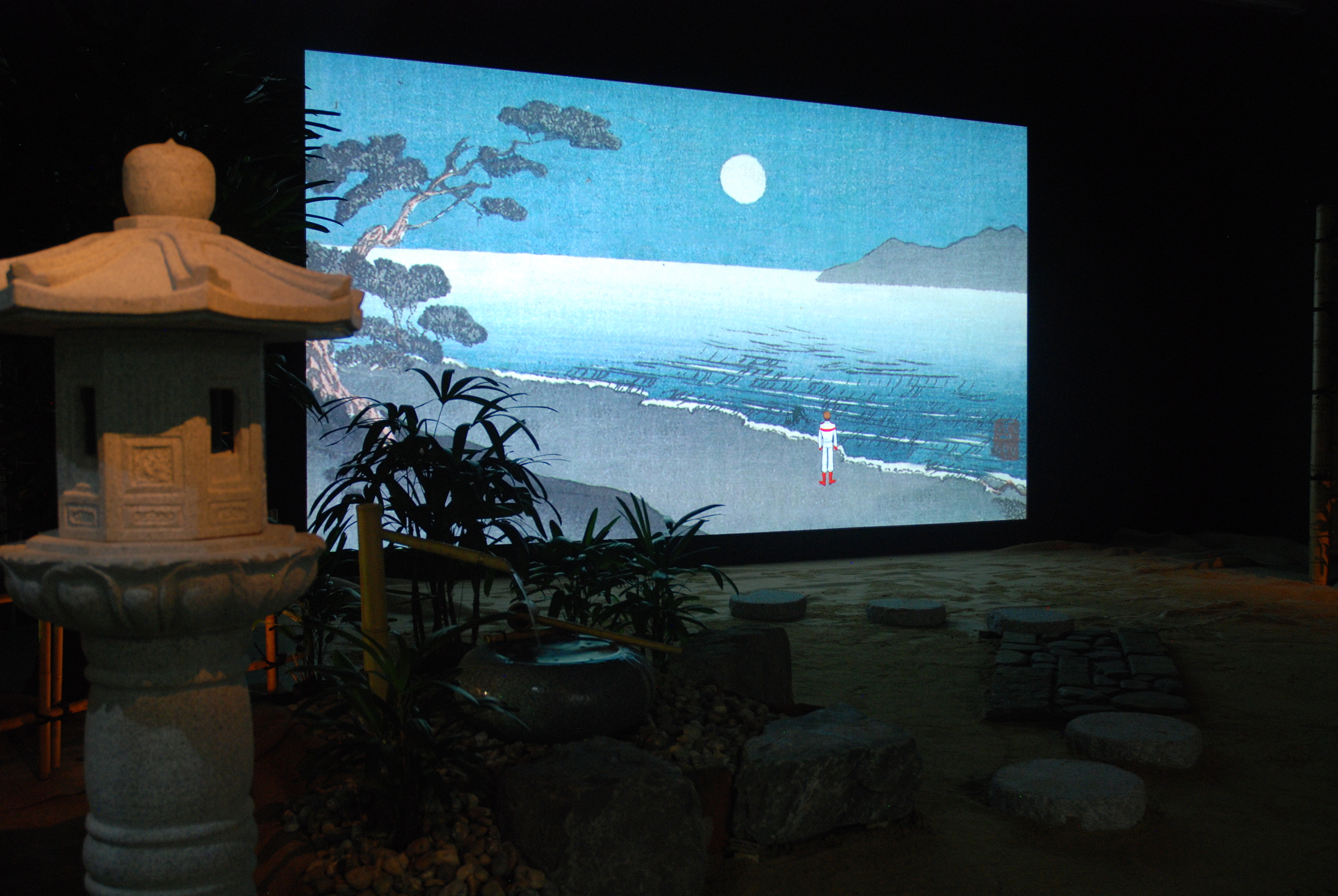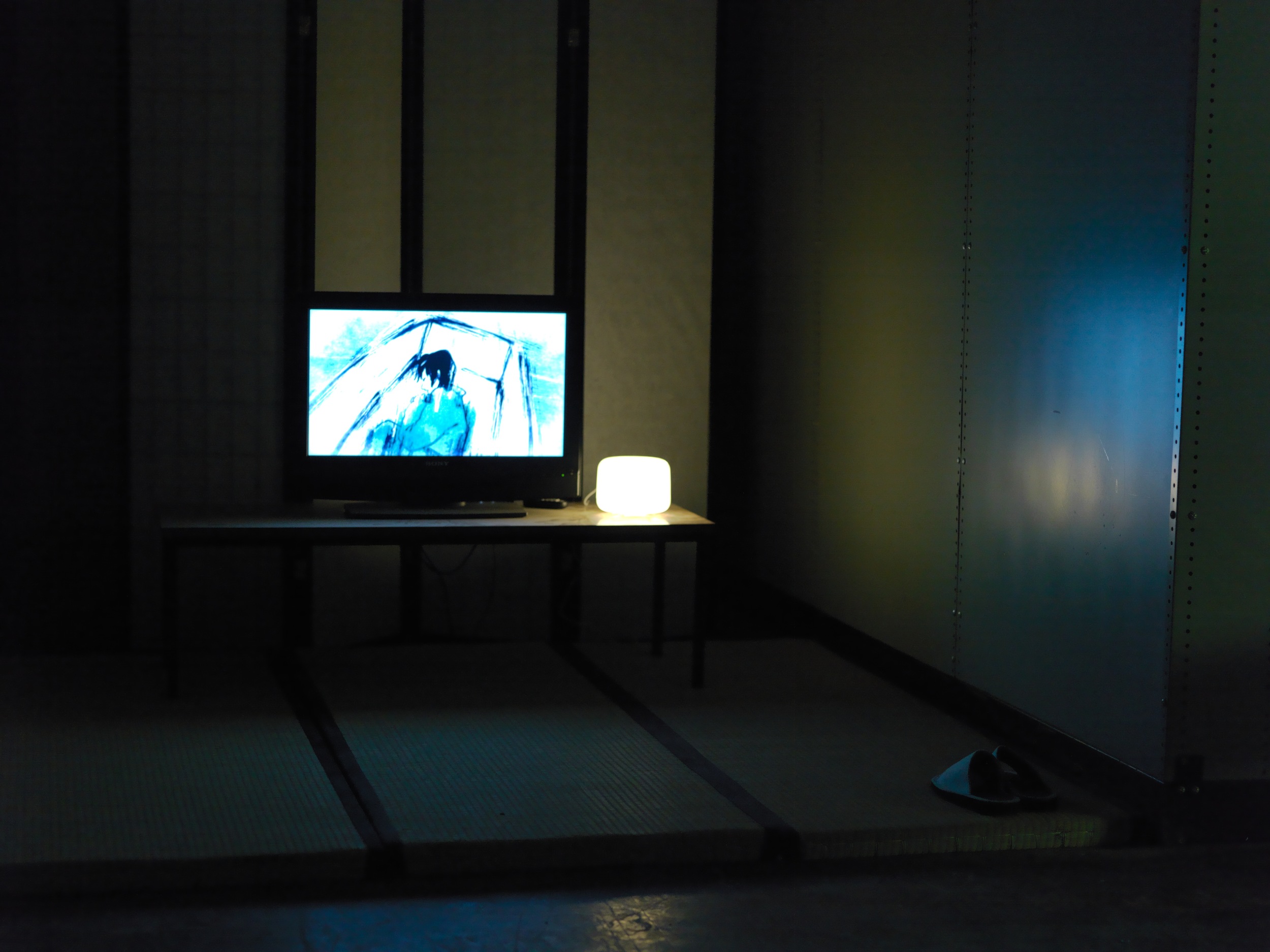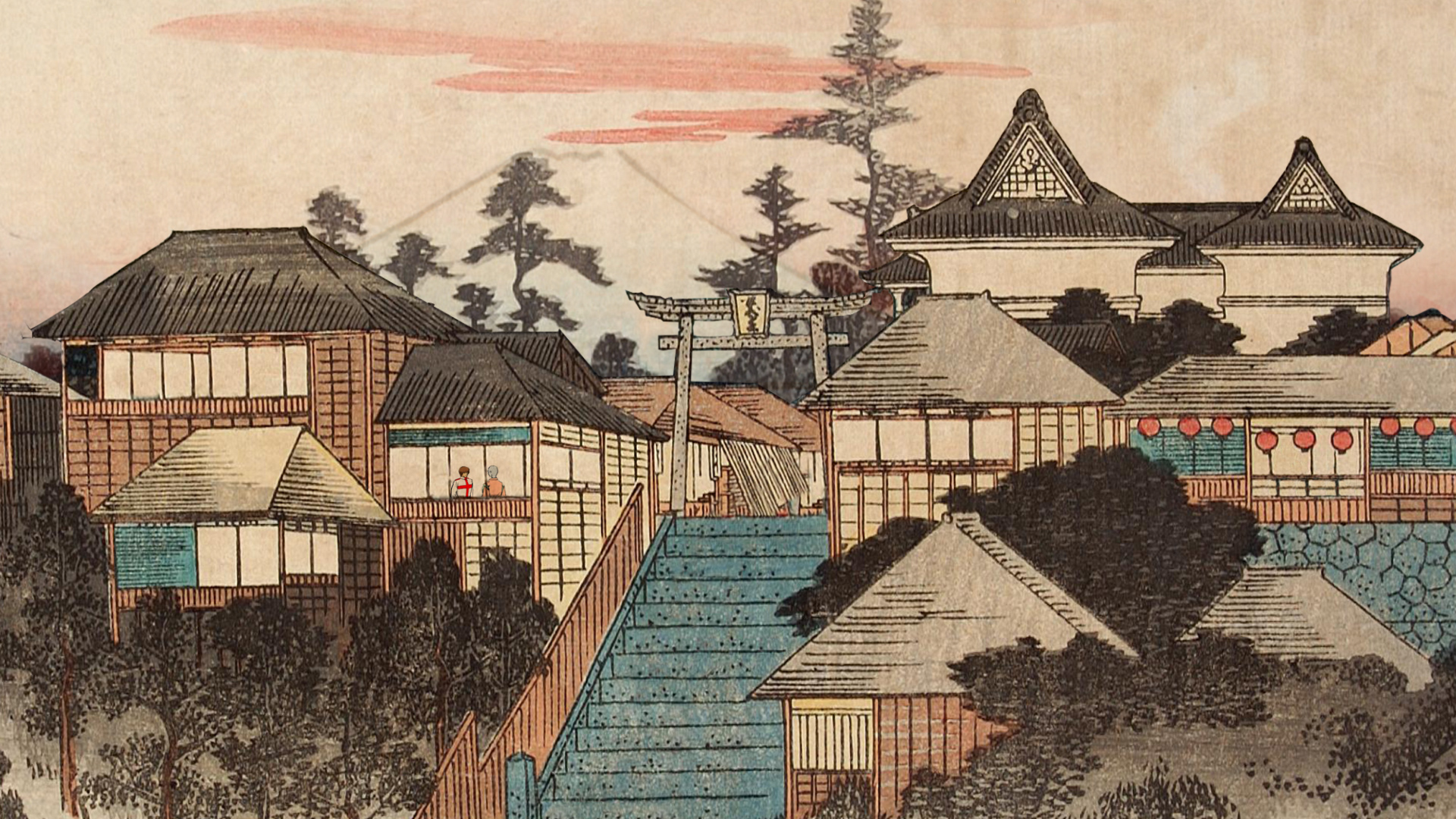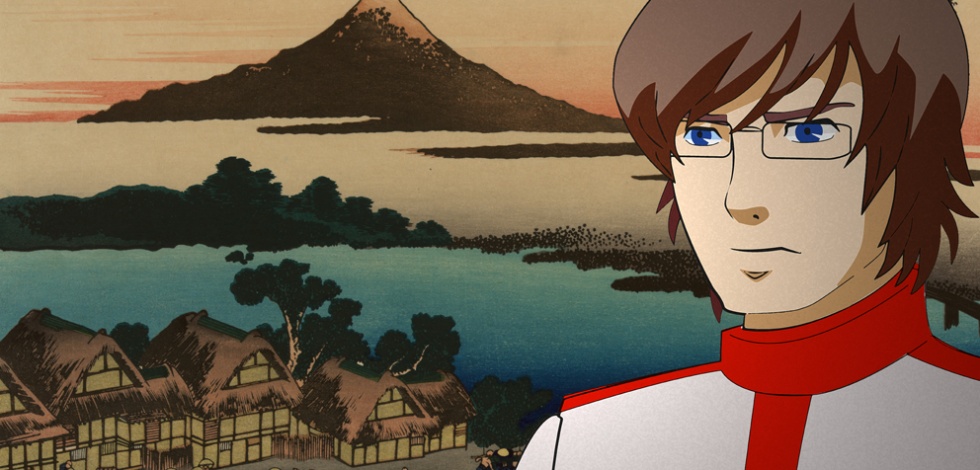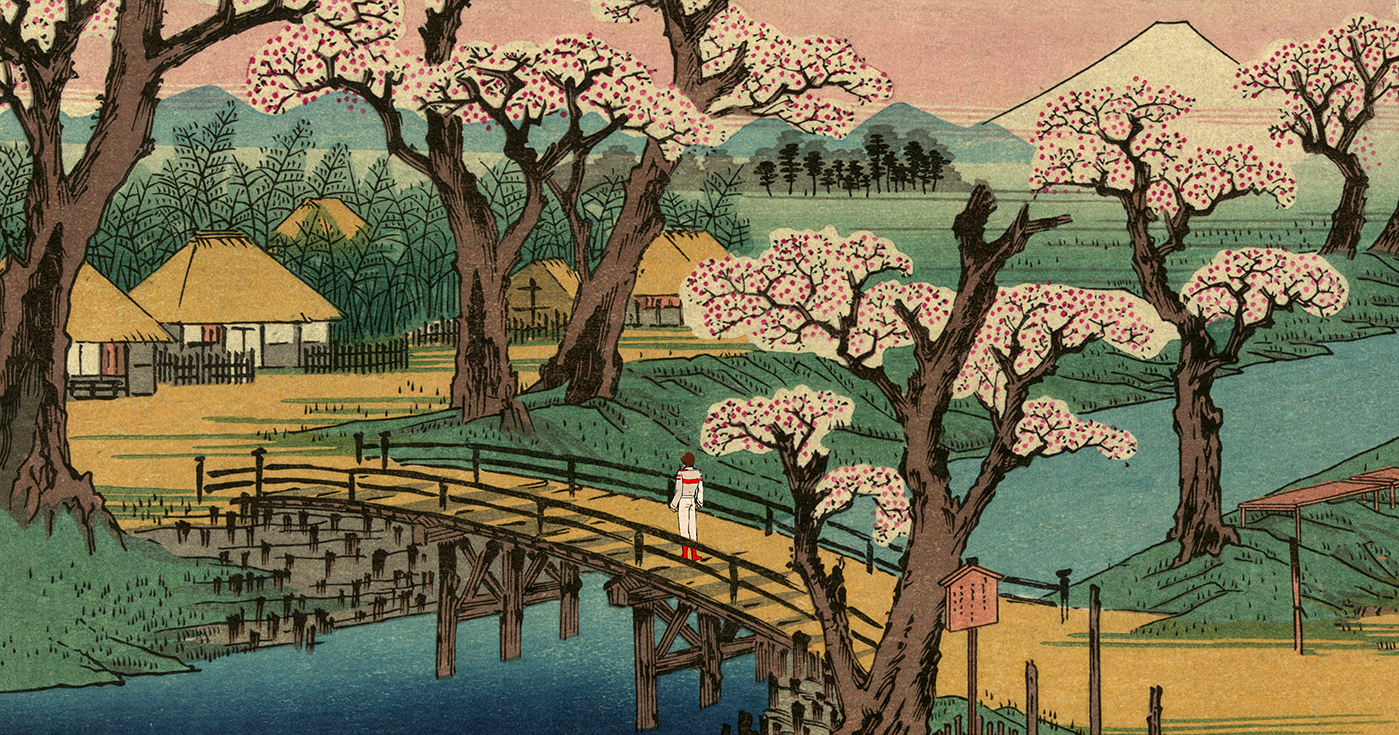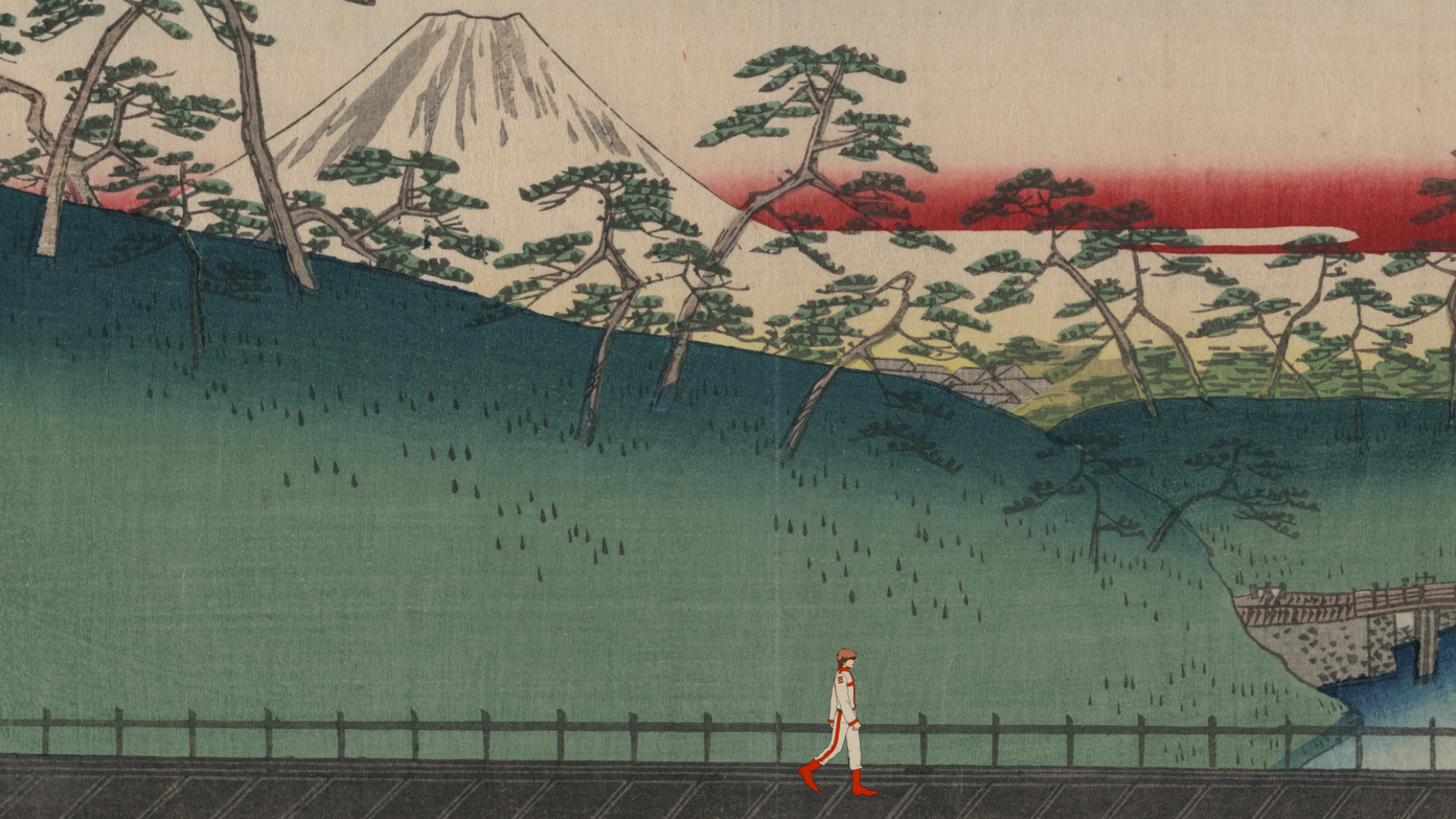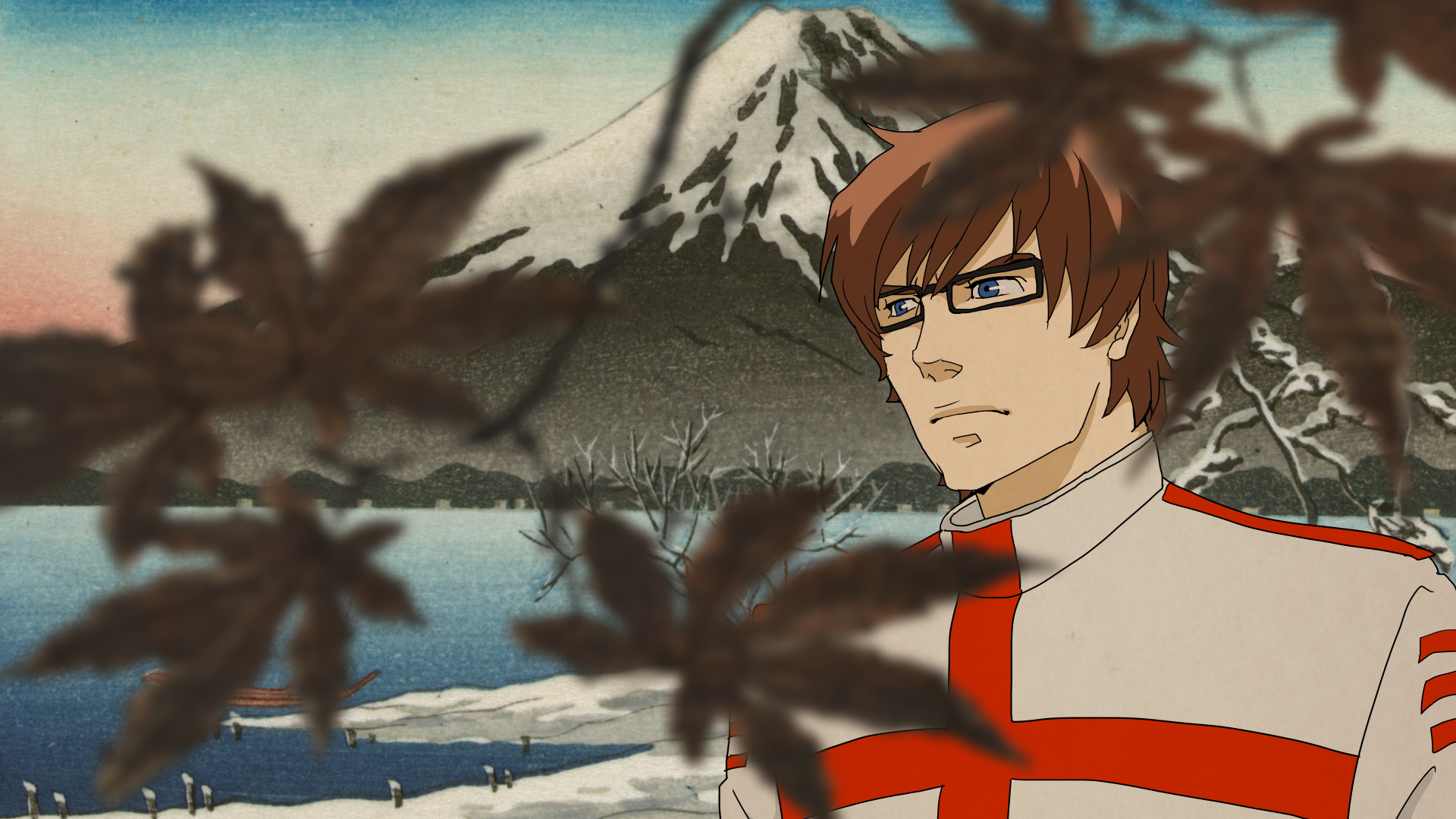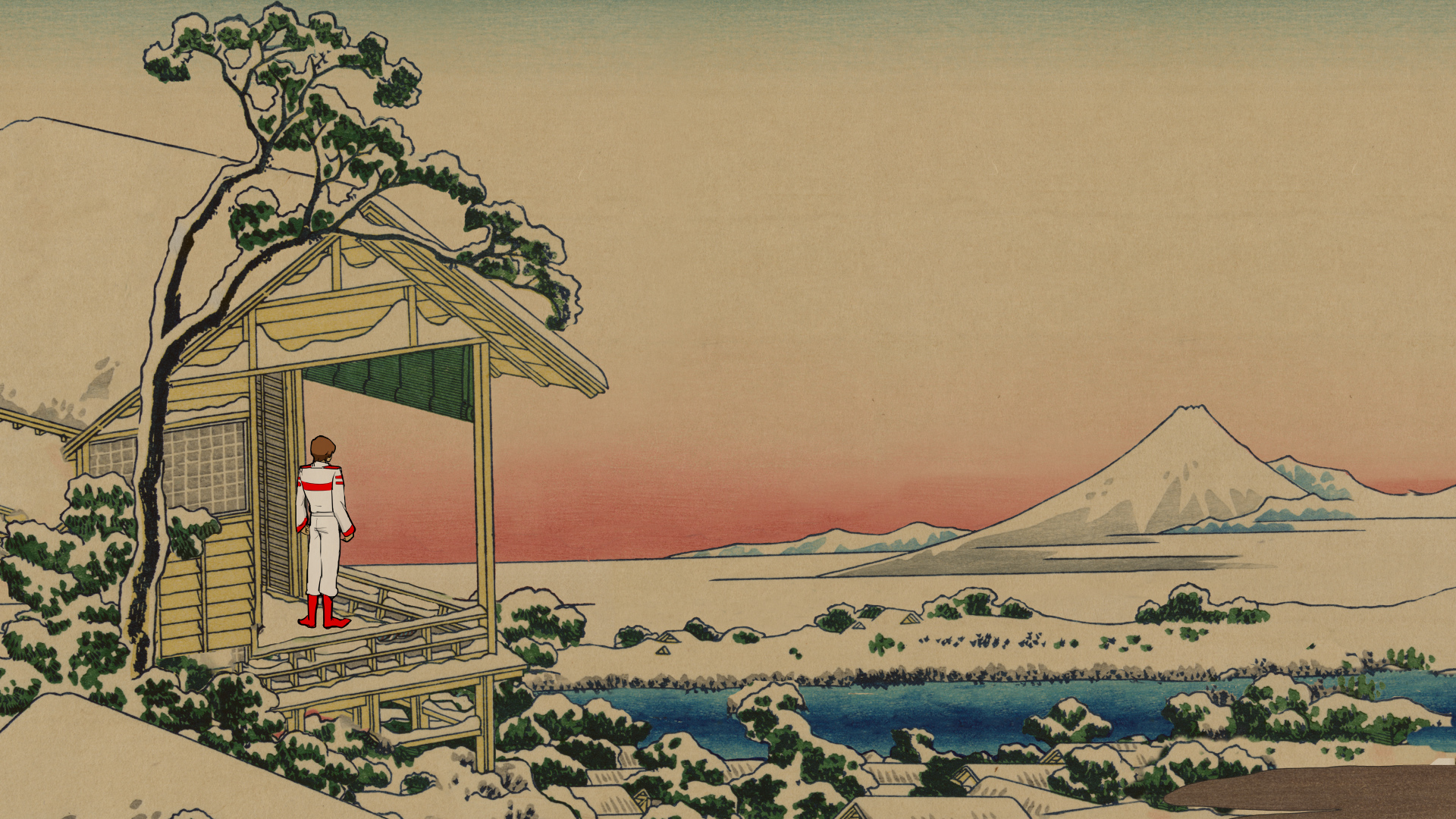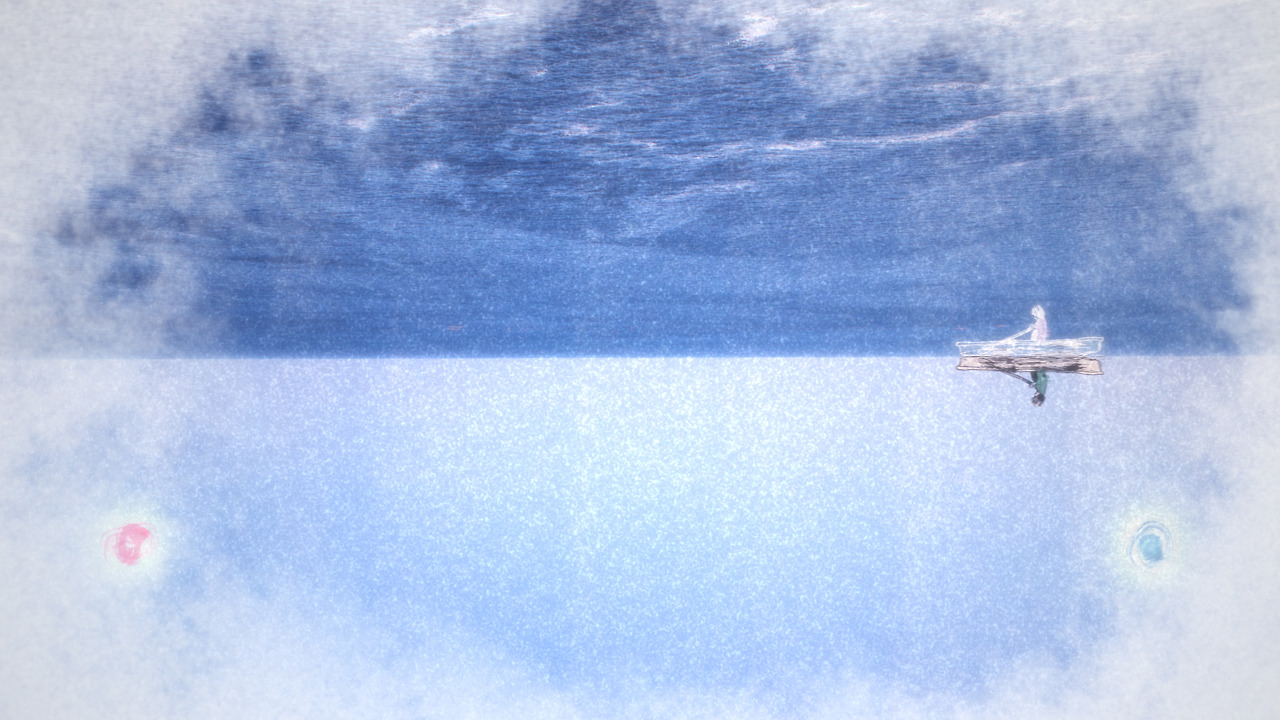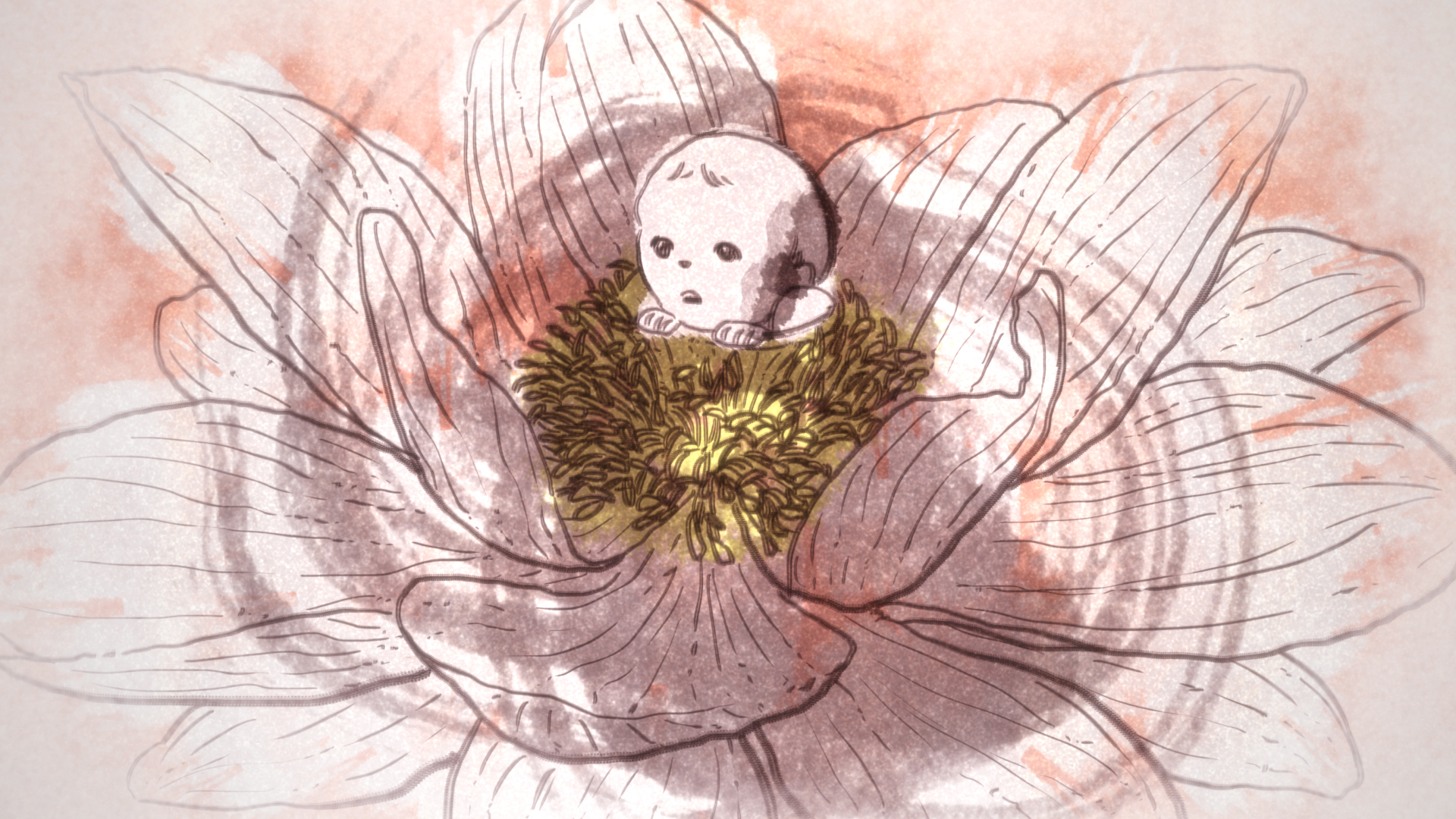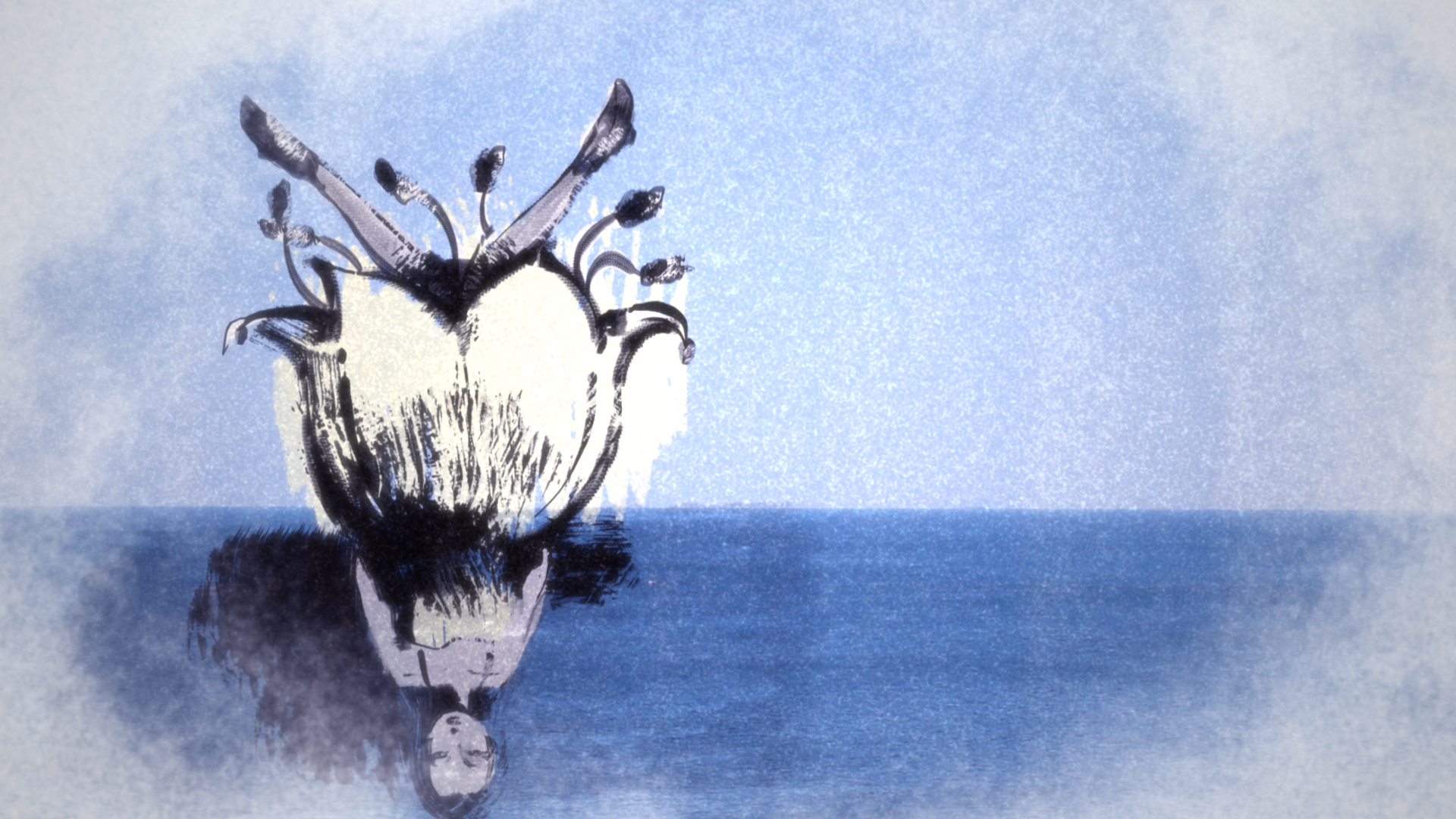Anjin 1600: Edo Wonderpark, 2013
'Anjin 1600: Edo Wonderpark', 2013
13th September-26th October 2013
Rose Lipman Building, 43 De Beauvoir Road, London, N1 5SQ
The Rose Lipman Building, In partnership with East London arts agency Create London present
'Anjin 1600: Edo Wonderpark', a film and multi-room installation. The work is based upon a re-imagining of the story of William Adams (1564-1620), a sea navigator known as the first Englishman to set foot in Japan in 1600.
The exhibition was a complex meditation on colonialism, cultural tourism and identity.
Supported by Arts Council England, The Great Britain Sasakawa Foundation and in association with The Graduate School of Film and New Media, Tokyo Geidai and Japan 400.
Curated by Keith Whittle
Co-produced by Elizabeth Newell
Installations made in collaboration with Rhino Rock and AAS Group
Image: Stills from "Anjin 1600: Edo Wonderpark", David Blandy, 2013
'Anjin 1600: Edo Wonderpark' started as a re-imagining of the story of William Adams (1564-1620), known as the first Englishman to set foot in Japan in 1600. Adams was the first English Samurai, the only westerner to be granted that title (he became known in Japanese as “Anjin-sama”, literally translated as “Pilot”). Soon after Adams landed in Japan, he became a key advisor to the Shogun, helping him build Japan's first Western-style ships. Adams’ story is of a man finding a foreign culture to be more civilised than his own, alienating himself from his countrymen, yet never able to be truly “Japanese”.
Adams’ story points to that subtle conflict, the friction between cultures in the global economy, a story that is ancient, but became far more pronounced during the early days of European colonialism. This is a conflict that is constantly in play within our selves, a state now exacerbated by a globalised culture, an intimately interconnected world.
William Adams is an enigma, but I think lots of people, myself included, search for themselves out in the world, in other cultures and other things, like books, TV and films. I like to think that William Adams realised that the self is a malleable construct, that he could remake himself in this new land.
Ukiyo-e woodblock prints were an artform that defined Japan during the Edo era (1603-1868). Ukiyo-e expresses the idea of a "floating world", the world of transient pleasures and freedom from the cares and concerns of everyday life. It is a vision of continuous leisure that has parallels with the way consumer culture is sold today, as respite, as an escape. And it was these images filtering into Western consciousness that helped define the Impressionist’s vision in the nineteenth century, as they began the radical shift away from the orthodoxies defined in the Renaissance.
One of my favourite games growing up was Elite, a space trading game, where you would cross vast tracts of space before landing at a new planet, and the installation follows that framework, taking you though the spaceship into a new land, Japan. But the spaceship is obviously a set, only "perfect" at certain angles, a spectacular fantasy. We understand our lives through the stories we tell ourselves, creating narrative arcs, personal histories, our “selves”. We search for meaning in fantasy, whether that's a dream or a song. And the things we love the most become worn as badges, as a shorthand for identity.
The exhibition consists of a series of translations, reinterpretations of existing art forms. The space station is an interpretation of the deck of the Space Battleship Yamato, an anime series from the 70’s, made in collaboration with Artist group AAS. Using recycled analogue technology and an aesthetic inspired by British Sci-fi as much as Japanese, it is a further recreation of the ship that has appeared in several remakes and Live action films, mutating each time.
Keiko Shiraishi, a Japanese graduate of Tokyo Geidai school of animation, was asked to reinterpret my original remix of the William Adams story, taking the character I had created to tell her own story of self-transformation. A story of an English man being changed by Japan, told by an English artist, is retold by a Japanese woman, completing the circle of cultural influence. What is created is a lyrical vision of a man letting go of his old life to start again.
The Japanese Garden , a collaboration with an English landscape company 'Rhino Rocks'. The film “Anjin 1600: Edo Wonderpark” is viewed across a sea of sand in a garden featuring gravel from China and plants from Holland. An image of Japan.
Stills from 'Anjin 1600: Episode 2 Lotus', Keiko Shiraishi in collaboration with David Blandy
